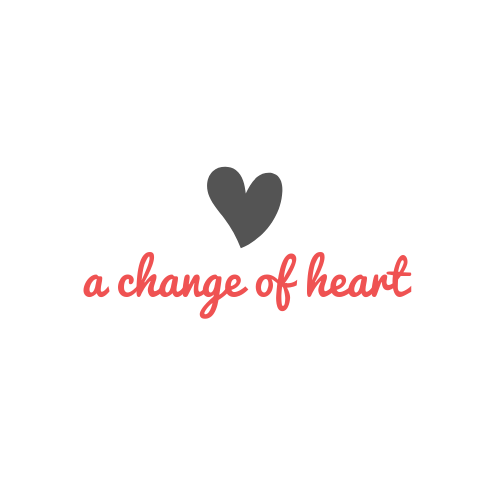That Which Does Not Kill You...
Continuing from my 2nd blog post, “Dyspnea."
Let’s go back to the night of December 21, 2018. Imagine me, nervously sitting there, in my own emergency department, waiting for my doctor to come assess me. I had just been at work 24 hours earlier, and I kept telling everyone I was fine. “My review of systems is negative other than this little cough. And don’t even worry about getting a lactate on me. It’s going to be high because my work of breathing is terrible!” I told my attending.
If you didn’t know, doctors make the worst patients.
A few tests were done, and with some pushing and convincing, I was admitted to the hospital for a work-up of my shortness of breath. Everybody was very concerned for me. The diagnosis, initially, was that of a multifocal pneumonia— an infection of the lungs that I had probably contracted from one of my critically ill patients. What else could it be in this young female with no medical problems? No need for a lactate! She’s fine! She has work tomorrow night!
There was one major issue, though. My heart rate was too high. Anti-anxiolytics, anti-hypertensives and intravenous fluids— all useful at lowering heart rates for reasons I won’t go into right now— weren’t working for me. Instead, I found myself face-to-face with the most horrifying moment of my life.
It all started about 30 minutes after getting settled into my bed on the inpatient floor. I remember suddenly feeling very lightheaded, as beads of sweat trickled down my forehead. The beads of sweat turned into drops of sweat. Large drops. I was feeling cold, clammy. I couldn’t think straight. I looked up at the monitor. My heart rate? 40. 39. 38. 35.
(FYI, a normal heart rate is between 60 - 100 beats per minute.)
Suddenly, a group of doctors and nurses rushed into my room. I remember apologizing to them. A surgical resident asked if I needed to “be lined.” This is Medical Speak for “She’s crashing and needs a large intravenous line in her neck right now for special medications that need to get pushed right into her heart.” One of the medical residents gently grabbed my forearm and asked if she could check a “gas” on me. This is Medical Speak for “We are so worried about you, that we need to stick a needle into your radial artery to see what’s going on. And this is going to hurt.” I remember staring into a nurse’s concerned eyes. He was in disbelief. Please help me.
Someone said that my heart rate was decreasing. Someone else called for the crash cart. This is Medical Speak for “She’s about to die.”
A nurse rushingly placed pacemaker pads on my chest, but I was so diaphoretic that they weren’t sticking properly.
I heard someone ask if they should turn this into a “Code Blue.”
And that’s the last thing I remember from my almost-death-day.
I woke up one day later in the hospital's Intensive Care Unit, not being able to recall anything that had occurred. I was intubated— tube in mouth, breathing on the ventilator machine. I was sitting up, barely. There was a parched, dry feeling in my mouth, and I was coughing up and gagging on secretions. I felt like vomiting. Restrained to my bed like a prisoner, I was in distress. Everything was so surreal. I had catheter lines coming out of my neck, my forearms, my right groin. My friends, who happened to be the wonderful nurses and physicians taking care of me, were tearfully staring at me.
My heart rate was 140. Better than 35, I thought. Cough.
I will tell you— there is something compelling about near-death experiences. Your feelings are all over the place. I was so uncomfortable in that moment— I had no idea what was happening to me. But I was so grateful to be alive. I wanted this tube out of my mouth, and then I wanted to hug and kiss and thank everyone. I wanted to dance. Potential Code Blue, you lost!
I was shackled down, physically. But I had never felt so liberated, emotionally.
To end this post, a classic from Friedrich Nietzsche (one of my favorite philosophers). Remember, folks:
“That which does not kill us makes us stronger.”
